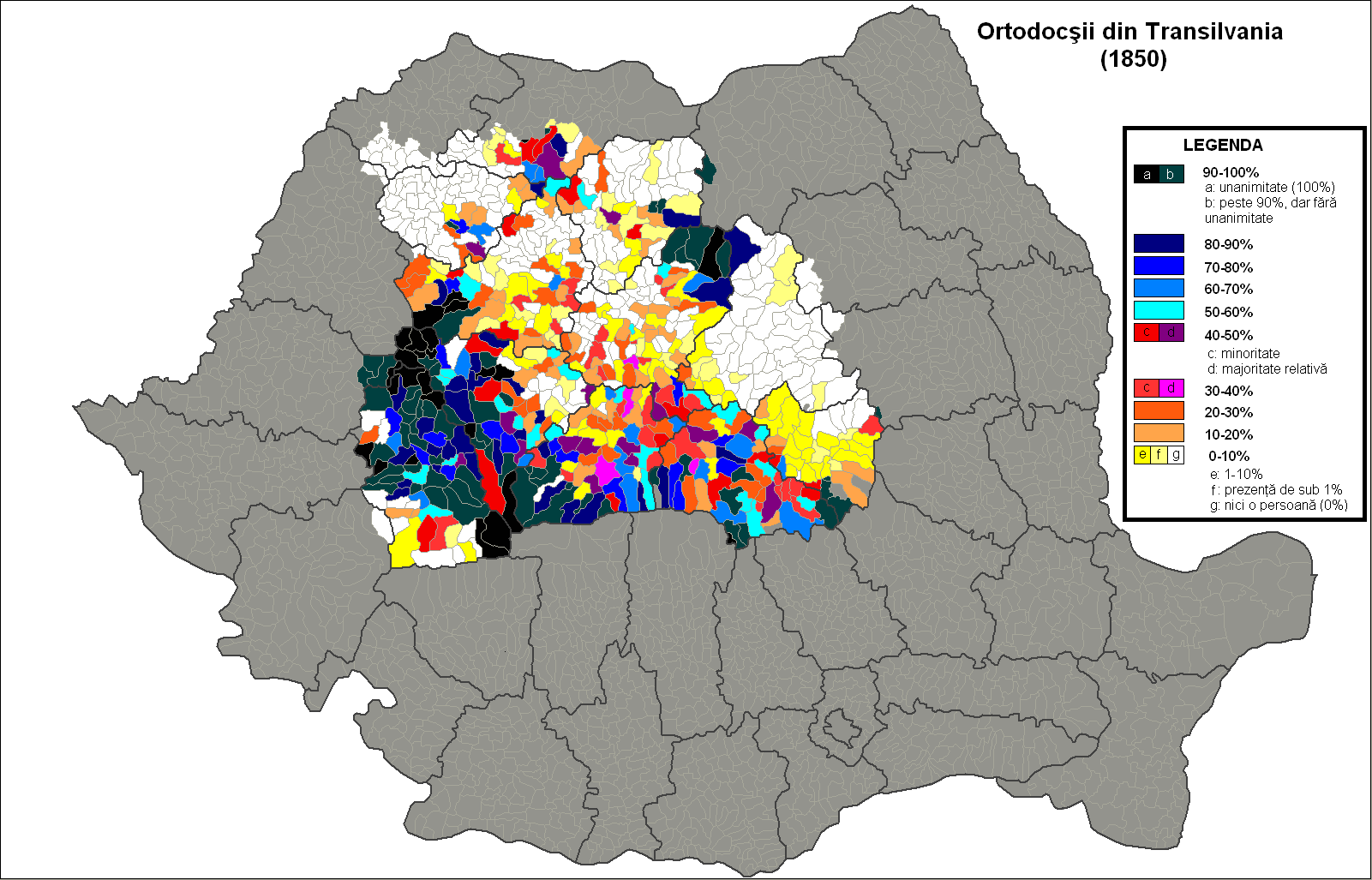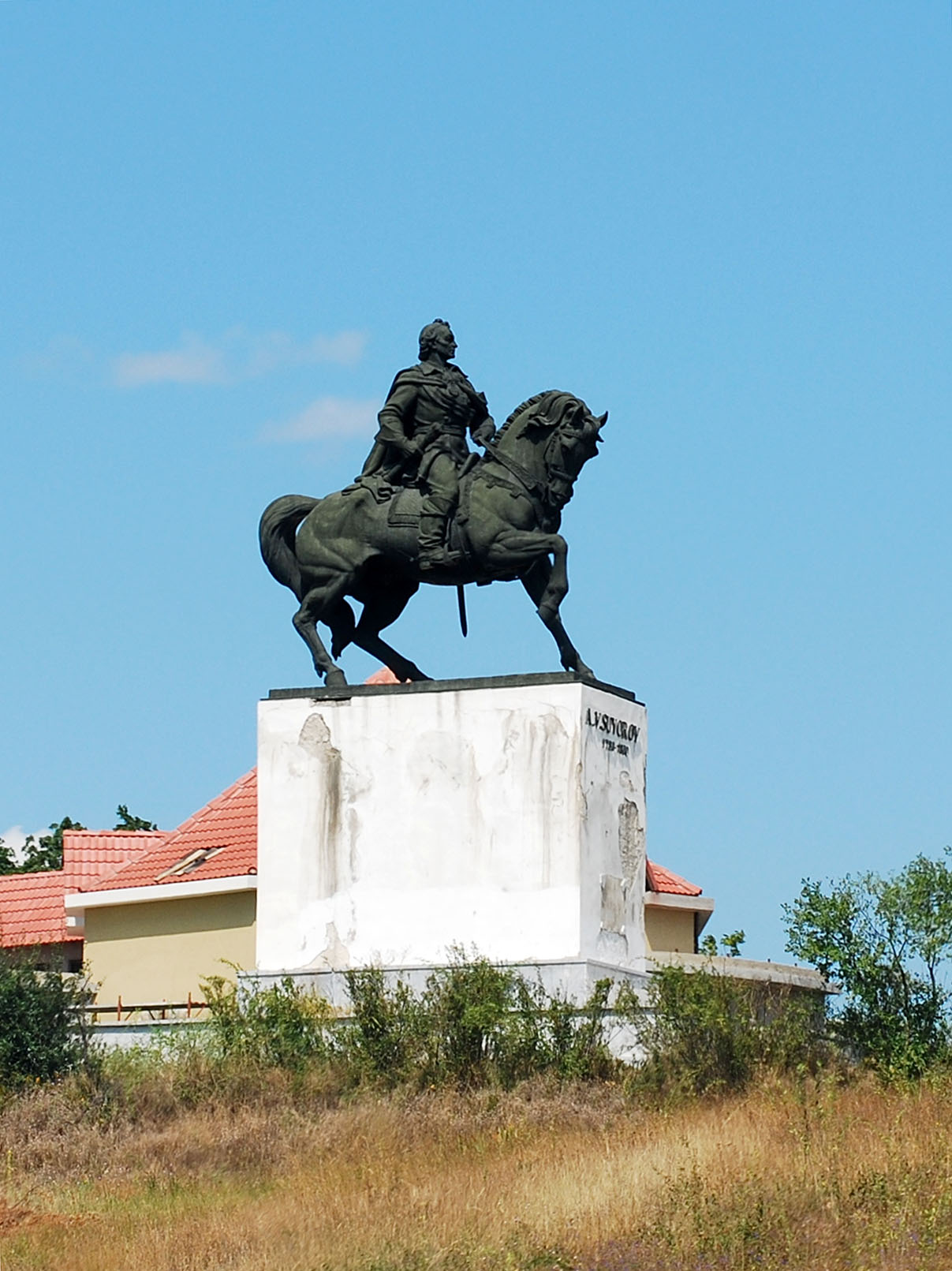|
Epifanie Norocel
Epifanie Norocel (; December 14, 1932 – January 7, 2013) was the Romanian Orthodox metropolitan bishop of Buzǎu and Vrancea, Romania. He was ordained a bishop in 1975. He was born in , , and died in , Vrancea County
Vrancea () is a county (județ) in Romania, with i ...
[...More Info...] [...Related Items...] OR: [Wikipedia] [Google] [Baidu] |
Romanian Orthodox Church
The Romanian Orthodox Church (ROC; ro, Biserica Ortodoxă Română, ), or Patriarchate of Romania, is an autocephalous Eastern Orthodox church in full communion with other Eastern Orthodox Christian churches, and one of the nine patriarchates in the Eastern Orthodox Church. Since 1925, the church's Primate bears the title of Patriarch. Its jurisdiction covers the territories of Romania and Moldova, with additional dioceses for Romanians living in nearby Serbia and Hungary, as well as for diaspora communities in Central and Western Europe, North America and Oceania. It is the only autocephalous church within Eastern Orthodoxy to have a Romance language for liturgical use. The majority of Romania's population (16,367,267, or 85.9% of those for whom data were available, according to the 2011 census data), as well as some 720,000 Moldovans, belong to the Romanian Orthodox Church. Members of the Romanian Orthodox Church sometimes refer to Orthodox Christian doctrine as '' ... [...More Info...] [...Related Items...] OR: [Wikipedia] [Google] [Baidu] |
Romania
Romania ( ; ro, România ) is a country located at the crossroads of Central, Eastern, and Southeastern Europe. It borders Bulgaria to the south, Ukraine to the north, Hungary to the west, Serbia to the southwest, Moldova to the east, and the Black Sea to the southeast. It has a predominantly temperate- continental climate, and an area of , with a population of around 19 million. Romania is the twelfth-largest country in Europe and the sixth-most populous member state of the European Union. Its capital and largest city is Bucharest, followed by Iași, Cluj-Napoca, Timișoara, Constanța, Craiova, Brașov, and Galați. The Danube, Europe's second-longest river, rises in Germany's Black Forest and flows in a southeasterly direction for , before emptying into Romania's Danube Delta. The Carpathian Mountains, which cross Romania from the north to the southwest, include Moldoveanu Peak, at an altitude of . Settlement in what is now Romania began in the Lower Pale ... [...More Info...] [...Related Items...] OR: [Wikipedia] [Google] [Baidu] |
Mălini
Mălini is a commune located in Suceava County, Romania. It is composed of five villages: Iesle, Mălini, Pâraie, Poiana Mărului and Văleni-Stânișoara. Administration and local politics Communal council The commune's current local council has the following political composition, according to the results of the 2020 Romanian local elections: Natives * Teodor Ilincăi * Nicolae Labiș * Epifanie Norocel Epifanie Norocel (; December 14, 1932 – January 7, 2013) was the Romanian Orthodox metropolitan bishop of Buzǎu and Vrancea, Romania. He was ordained a bishop in 1975. [...More Info...] [...Related Items...] OR: [Wikipedia] [Google] [Baidu] |
Suceava County
Suceava County () is a county ('' ro, județ'') of Romania. Most of its territory lies in the southern part of the historical region of Bukovina, while the remainder forms part of Western Moldavia proper. The county seat is the historical town of Suceava (german: Suczawa, also Sotschen or Sutschawa; historically known in Old High German as ''Sedschopff'' as well) which was the capital of the Principality of Moldavia during the late Middle Ages and then a pivotal, predominantly German-speaking commercial town of the Habsburg/Austrian Empire and Austria-Hungary at the border with the Kingdom of Romania throughout the late Modern Age up until 1918. Suceava County, as part of the historical and geographical region of Bukovina, had been sometimes described as " Switzerland of the East". It has also been known as "Switzerland of Eastern Europe" in the minds of the educated public. Demographics In 2011, Suceava County had a population of 634,810, with a population density o ... [...More Info...] [...Related Items...] OR: [Wikipedia] [Google] [Baidu] |
Panciu
Panciu () is a town in Vrancea County, Romania. It lies on the river Șușița, in the southern part of Western Moldavia, northwest of Focșani. It has a population of approximately 7,600. It administers five villages: Crucea de Jos, Crucea de Sus, Dumbrava, Neicu and Satu Nou. The town is located in the east-central part of the county, on the banks of the Șușița River. The region is famous for its white wines but also for its sparkling wine Sparkling wine is a wine with significant levels of carbon dioxide in it, making it fizzy. While the phrase commonly refers to champagne, European Union countries legally reserve that term for products exclusively produced in the Champagne regi ...s (white, red and rosé). Writer Ioan Slavici died in Panciu in 1926, and was buried at the hermitage within . Natives * Stelian Isac * Dan Nica References External links Panciu Town Hall Towns in Romania Populated places in Vrancea County Localities in Western Moldavia ... [...More Info...] [...Related Items...] OR: [Wikipedia] [Google] [Baidu] |
Vrancea County
Vrancea () is a county (județ) in Romania, with its seat at Focșani. It is mostly in the historical region of Moldavia but the southern part, below the Milcov River, is in Muntenia. Demographics In 2011, it had a population of 340,310 and a population density of . * Romanians – over 98% * Romani, others – 2% Geography Vrancea County's area is of . A curvedly shaped mountainous area, known in Romanian as the '' Carpații de Curbură'', lies in the western part of the county, at the Southern end of the Eastern Carpathians, with heights over . To the East, the heights decrease into hilly areas and the lower valley of the Siret River. The main tributary of the Siret, which crosses the county, is the Putna River. Seismic hazard The territory of Vrancea County is the most seismically active zone of Romania, with yearly earthquakes whose focal depths are between and therefore affect wide regions. The earthquakes with the epicenter in Vrancea are caused by the mo ... [...More Info...] [...Related Items...] OR: [Wikipedia] [Google] [Baidu] |
1932 Births
Year 193 ( CXCIII) was a common year starting on Monday (link will display the full calendar) of the Julian calendar. At the time, it was known as the Year of the Consulship of Sosius and Ericius (or, less frequently, year 946 ''Ab urbe condita''). The denomination 193 for this year has been used since the early medieval period, when the Anno Domini calendar era became the prevalent method in Europe for naming years. Events By place Roman Empire * January 1 – Year of the Five Emperors: The Roman Senate chooses Publius Helvius Pertinax, against his will, to succeed the late Commodus as Emperor. Pertinax is forced to reorganize the handling of finances, which were wrecked under Commodus, to reestablish discipline in the Roman army, and to suspend the food programs established by Trajan, provoking the ire of the Praetorian Guard. * March 28 – Pertinax is assassinated by members of the Praetorian Guard, who storm the imperial palace. The Empire is a ... [...More Info...] [...Related Items...] OR: [Wikipedia] [Google] [Baidu] |
2013 Deaths
This is a list of deaths of notable people, organised by year. New deaths articles are added to their respective month (e.g., Deaths in ) and then linked here. 2022 2021 2020 2019 2018 2017 2016 2015 2014 2013 2012 2011 2010 2009 2008 2007 2006 2005 2004 2003 2002 2001 2000 1999 1998 1997 1996 1995 1994 1993 1992 1991 1990 1989 1988 1987 See also * Lists of deaths by day * Deaths by year {{DEFAULTSORT:deaths by year ... [...More Info...] [...Related Items...] OR: [Wikipedia] [Google] [Baidu] |
People From Suceava County
A person ( : people) is a being that has certain capacities or attributes such as reason, morality, consciousness or self-consciousness, and being a part of a culturally established form of social relations such as kinship, ownership of property, or legal responsibility. The defining features of personhood and, consequently, what makes a person count as a person, differ widely among cultures and contexts. In addition to the question of personhood, of what makes a being count as a person to begin with, there are further questions about personal identity and self: both about what makes any particular person that particular person instead of another, and about what makes a person at one time the same person as they were or will be at another time despite any intervening changes. The plural form " people" is often used to refer to an entire nation or ethnic group (as in "a people"), and this was the original meaning of the word; it subsequently acquired its use as a plural f ... [...More Info...] [...Related Items...] OR: [Wikipedia] [Google] [Baidu] |



_1938.jpg)